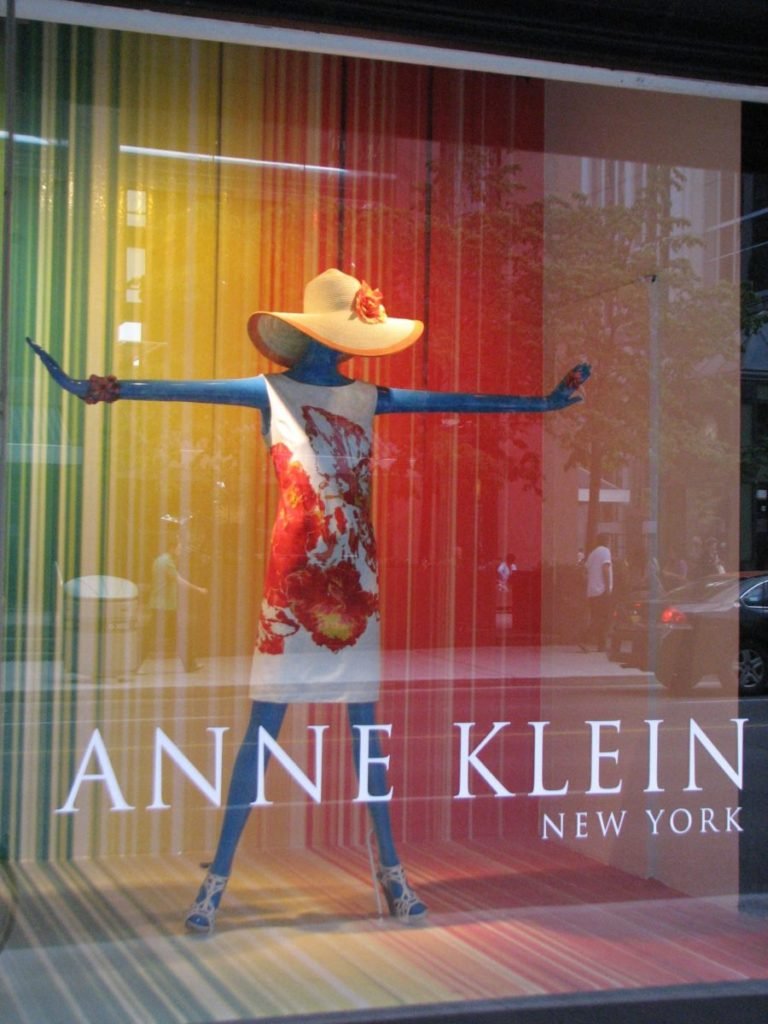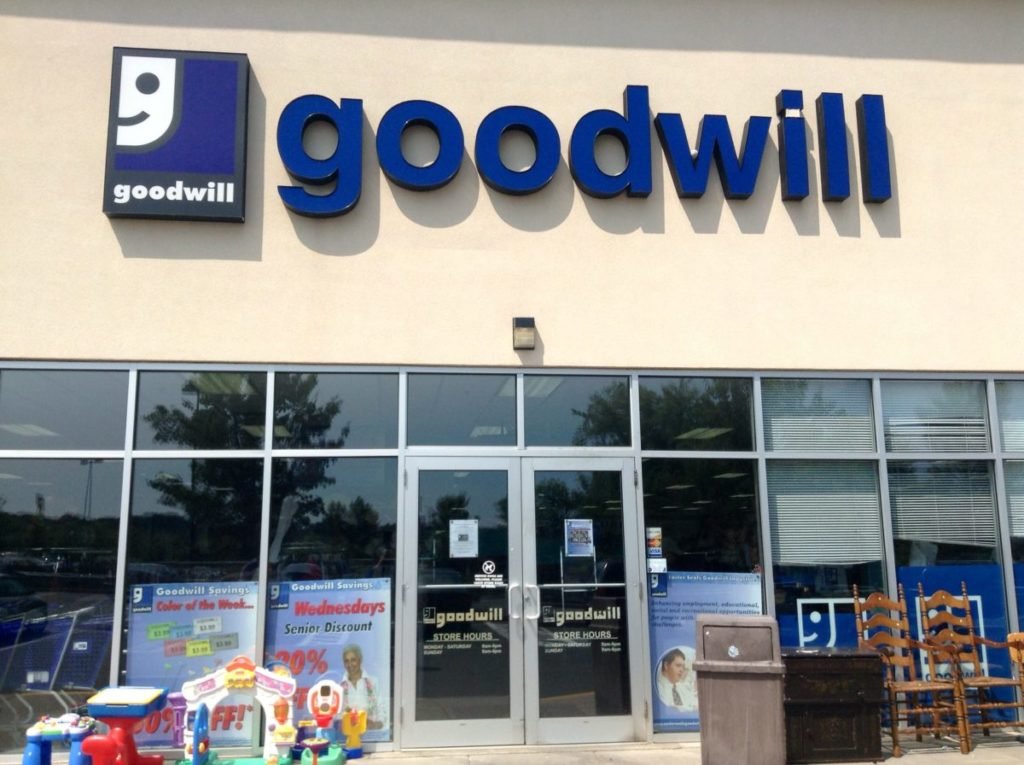Vicky Oliver is an Honorable Mention in Streetlight’s 2020 Essay/Memoir Contest
It was an orgy of silk and satin and velvet. Twenty cocktail dresses sprawled on my floor, all temptresses still in their peak, wanting to be touched, craving admiration. They each had their stories and I thumbed through them the way most people listen to golden oldies, remembering with a mixture of awe, sadness, and a lurch of nostalgia that tugs somewhere between the heart and the gut.
This was me, I thought. They all were, and not so very long ago.
The sleeveless, cream-colored silk with the fake diamond brooch at the cleavage escorted me to my father-in-law’s second wedding. Back then, my husband and I did not know how much we would come to despise the match. There is an innocence in not knowing, which the dress, all white with fine threads of gold, somehow captured. My husband’s toast to his father was so vanilla. (His father would sit up in his grave if he heard what my husband says about him now. Oh, and what my husband now says about her, the gold-digger? Unprintable.)
A few years later, I wore the same cream-and-gold dress to a Junior League function where I bumped into the former wife of one of my former beaus. Leaning in, her hazel eyes alight, she whispered how the husband of a mutual friend was cheating on his wife. Discretion prevents me from revealing the salacious details of who with, where, and how often. The couple almost divorced, but somehow in the intervening years, threaded their marriage back together.
That night, the tale-bearer also told me about the secret dress department at Elizabeth Arden. This was back when Elizabeth Arden still made dresses that spun fantasies around women. I purchased a black satin and velvet sleeveless dress without spaghetti straps from their dress wizards. How my boobs stayed up while the dress stayed put without any support whatsoever was a mystery of engineering. There was no spillage—a modern miracle.
The blue and black size six cocktail dress with the built-in bra was a flight of fancy at my college reunion in Providence, Rhode Island, where I swear it always rains. Naturally, it poured. Goose bumps zipped up and down my arms as I drew my black leather jacket tighter. The outdoor class tent had no space heaters, and I froze during the entire Memorial Day weekend, but there was some consolation in knowing the dress looked fabulous in spite of my rapidly frizzing (think punk star) hair and dripping eyeliner.
That cocktail dress was not to be confused with another blue and black shiny number with a big, glorious bow in the back that wrapped me like a present. I could not zip up the back without assistance, and since my husband refused to attend the Oprah-like college panel, a female classmate poured me into the dress. Is this how it will be after my husband passes? Me, frantically dependent on other women to help me zip up the backs of dresses I probably should have never purchased in the first place? Shivering at the morbid thought, I wondered if instead I’d be forever dependent on the kindness of doormen.

The Ann Klein II black coatdress with diamond buttons was one of those day-into- evening dresses that I used to wear to the office when I had a hot date after hours. The dress itched around the ribs, but my parents taught me there is a price to beauty. Of a similar vintage was the black sparkly beaded dress that I wore only once—on New Year’s Eve, no less— because long strings of beads kept popping off the fabric. The dress also shook—loudly—during each step I took. Personally, I felt like a one-woman mariachi band. I’ve always found New Year’s Eve to be somewhat sinister, what with the drunks and the resolutions and the noisemakers, and the no cabs and all the hype, but somehow that dress—worn to a restaurant that used to be a Roman bathhouse—spent with friends whom I still feel close to, made me appreciate the holiday more.
An ivory and gold lace sweater and matching tank top, that was never flattering, tells no special tale. It looks fussy, like an old lady bought it, and I’m angry at myself even now for squandering so much money on it back then. The red silk sleeveless shift top, though, was worth every penny as I wore it to college to accept an alumni award.
The sparkly light blue top should have more to say, except that I wore it only once. But the red beaded short-sleeved Oleg Cassini dress, I wore to every wedding and family party for many years. Similarly, every friend and acquaintance I have on this earth has seen me at least once in the silk, red pleated cocktail dress, which my husband used to say looked like the Herve Leger famous “bandage” dress.
The item that hurts the most to give away, though, is the black and white beaded Carmen Marc Valco sleeveless top. The entire item is made of tiny beads. Frame it, and you’d have a work of art. Wear it, and you are one.
Sighing, I scoop up the outfits and throw them into a giant shopping bag and a laundry bag. I am giving the clothes away. There is not one stain on any of the items, and it pains me to be donating the clothes because they do not fit anymore. Oh, I tried. I tackled the gym, dieted, and may have vacuumed away my body fat once or twice, or six times, in an effort to squeeze into the garments again. Alas, I cannot—and meanwhile, they have taken up valuable real estate in my closets for years. Manhattan closets are notoriously skimpy, and while I love the clothes, I know I will also love having the space to fit the clothing that fits me now. Sadly, it’s less fanciful and more practical. There are no beads. No flourishes. No special stitching. It’s pretty, but grownup. It’s cleverly designed to hide flaws, not reveal all. Part of me knows that I will never spend money like this on clothing again—partly because money is tighter now and partly because my husband and I do not receive as many invitations to lavish parties as we once did. It’s two of the many indignities of aging—the lack of parties and the party clothing not fitting anymore, but to quote a well-worn adage, “It’s better than the alternative.”
I can’t help noticing that most of the garments in the bags are sleeveless, which is odd since I am perpetually cold. I must have been in a hot bubble of denial to buy so much clothing without sleeves. As we age, we need more coverage. And those built-in bras in several of the dresses? What was I thinking?
There are three jackets on the floor that I can’t bear to part with after all. Miracle of miracles, one of them still fits! And while it’s only a pretty jean jacket, it offers me some hope that maybe one day I can return to my former skinnier self. The other two jackets I used to wear to the office all the time, and one of them—the brown and gold checked satin jacket, I happened to be wearing the day I was promoted. I race the three jackets back to the closet—feeling like I have rescued them from certain execution. I love you guys, I think, carefully rehanging them. Surely I can allow myself another year to try to whittle into them.
Everything else I trundle inside an Uber and drop off the loot at the Goodwill center on East 23rd street, where a pleasant-faced man in a compact body instructs me to place my bags inside a giant blue plastic bin. Please don’t call me Ma’am, I think.
“Do you want a receipt?” he asks.
I nod.
“Are you open tomorrow?” I ask.
He nods. “Every day,” he says as if he’s been asked this question hundreds of times. “Every day.”
Other New Yorkers, many of them men, are at the Goodwill Center with me, wordlessly dumping their cast-off clothes housed in giant laundry bags inside the giant blue bin. I bet their clothes could tell some stories, too. How many truncated love stories, divorces, and shattered dreams in the form of castoff clothing does Goodwill collect each day? Next door to Goodwill is the Salvation Army, which also collects donated clothing. Across the street is Housing Works, which accepts clothing and furniture. The whole area is a dream depot for people in transition. I should interview each person carting a bag of old treasure. It would make me a better writer.

Over dinner that night, I tell my husband about giving away the clothes. I itemized them at less than 1/20th of their true value, which I assume won’t raise an eyebrow over at the IRS. My husband says he approves of my valuations, and since he got a 750 on his math SAT back in the day, at least I know I have done it right. I am the only person in the universe who finds my old clothes valuable.
I tell him how they’ve been lying around our living room for the past five months while I asked myself if I had the stamina, the willpower to give them away. He says he didn’t notice all the bags cluttering our living room.
“But the bags of clothes have been sitting there for months,” I say.
“Do you wish you had someone to give them to?” he asks, sipping his gin and tonic.
“Like who?” I ask, putting down my glass of Sancerre. We don’t have kids. His question strikes me as strange.
“Most of the kids we know are boys,” he says, eyeing his lasagna.
“You don’t understand,” I say. “I want to give the clothes to me. Nothing even has a stain on it. I want to give them to my younger self. I’d buy every single item all over again in a heartbeat if only I could fit into them.
“You were too skinny,” he says, giving me the inch or two, or five, of wiggle room that makes our marriage work. I remember how he always used to say I was too skinny back when I was, and how I used to think he was crazy. Now, of course, I find him sane.
He’s a kind man. I guess that’s why we have stayed married for all this time. The clothes have been given away and I’m moving on to all the high-heeled shoes I can donate that I never wear anymore, but my husband, he’s a keeper.

Share this post with your friends.

